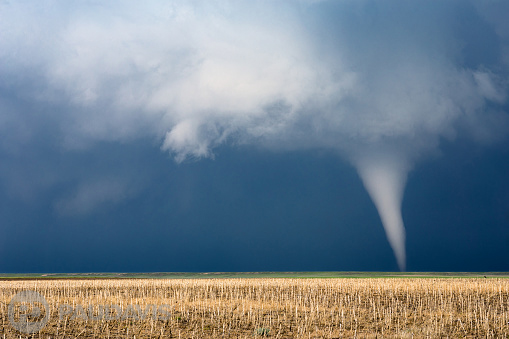
The month of September in Ontario and Quebec proved to be an unusually violent one: six tornadoes touched down, inflicting injuries, power outages and structural damage. Many believe that twisters are rare in Canada, but recent research suggests they’re more common than experts thought. The country experiences about 60 tornadoes yearly, most rampaging across the Prairies and southern Ontario.
The new evidence and recent storms certainly serve as potent reminders that tornadoes can form anywhere atmospheric conditions suit. Taking precautions now before turbulent weather threatens is sound policy for all. Another necessity? Specific action plans to implement then: during the approximately 13 minutes you’ll have to take cover between warning and wind.
To Do Now:
- Create and share a plan ahead of time that designates where your family will seek shelter when a warning is issued. This ensures individual safety as well as preventing worry and danger caused by missing loved ones.
- Designate a radio weather channel to monitor during stormy weather and register for wireless emergency alerts on your mobile phone. Don’t rely on sirens, because their sound can be directed away by wind. Skip the neighbourhood phone tree – it’s unlikely there will be enough time for these measures.
- Stay alert for dangerous conditions and times. Storms may show funnel cloud warning signs: dark, often greenish skies; clouds that seem to form a wall; large hail without rain; and “fingers” poking down from clouds. Survivors also describe a period of dead calm before hearing the characteristic freight train rumble of an approaching tornado. Though tornadoes can occur anytime, they are most common during May, June and July between the hours of 4 p.m. and 9 p.m.
Then:
- Go immediately to the shelter you have designated. Basements are ideal, though small rooms without windows, such as an interior bathroom, are also suitable. The idea is to maximize walls between you and the outside while minimizing entrance points for wind and debris. If you must shelter in a place with windows, don’t open them. Crouch low to the ground, under a heavy table if possible.
- Bring a flashlight, cell phone and battery-driven radio to track weather developments. Power outages are likely.
- Exit the shelter cautiously. Most twisters blow less than 10 minutes and travel five to ten kilometres in a straight line but they can last hours, double back along their paths and traverse distances over 150 kilometres. Further, risks from flying or falling debris continue post-storm.
With proper planning and smart execution under duress, most people confronting tornadoes survive the ordeal. In a battle with one of nature’s most powerful forces, preparation is indeed a worthy shield.
